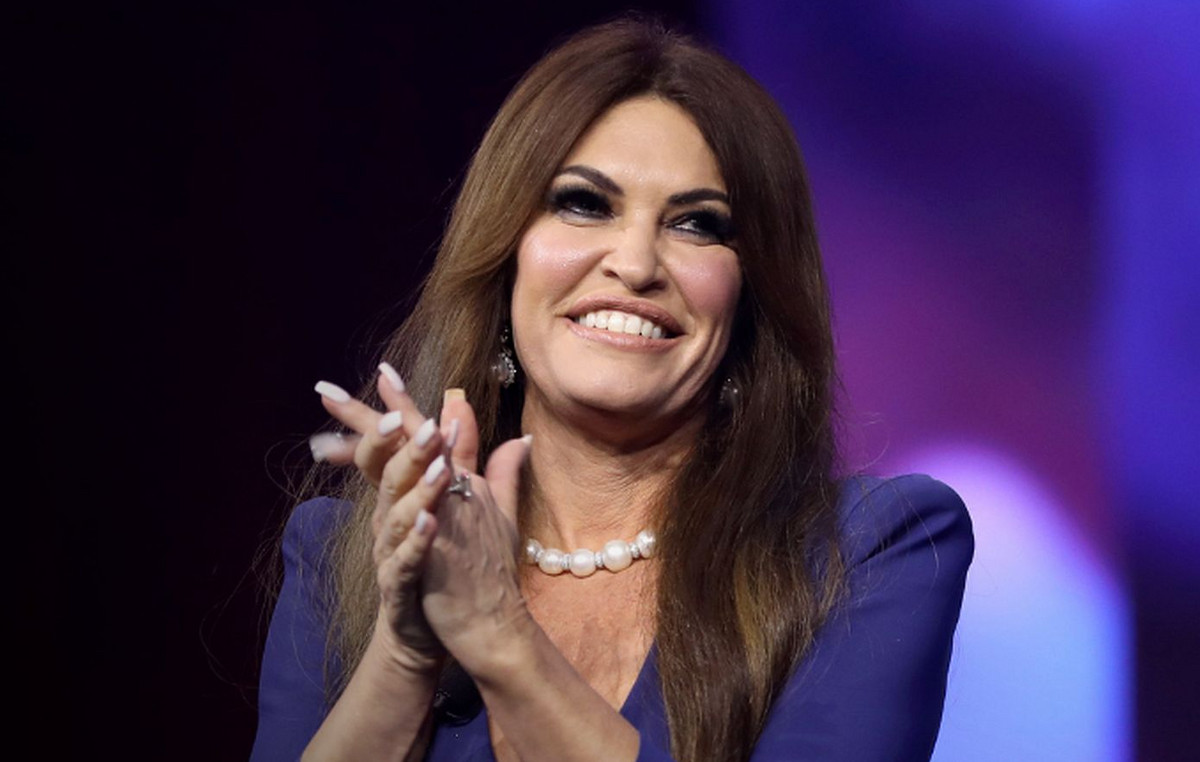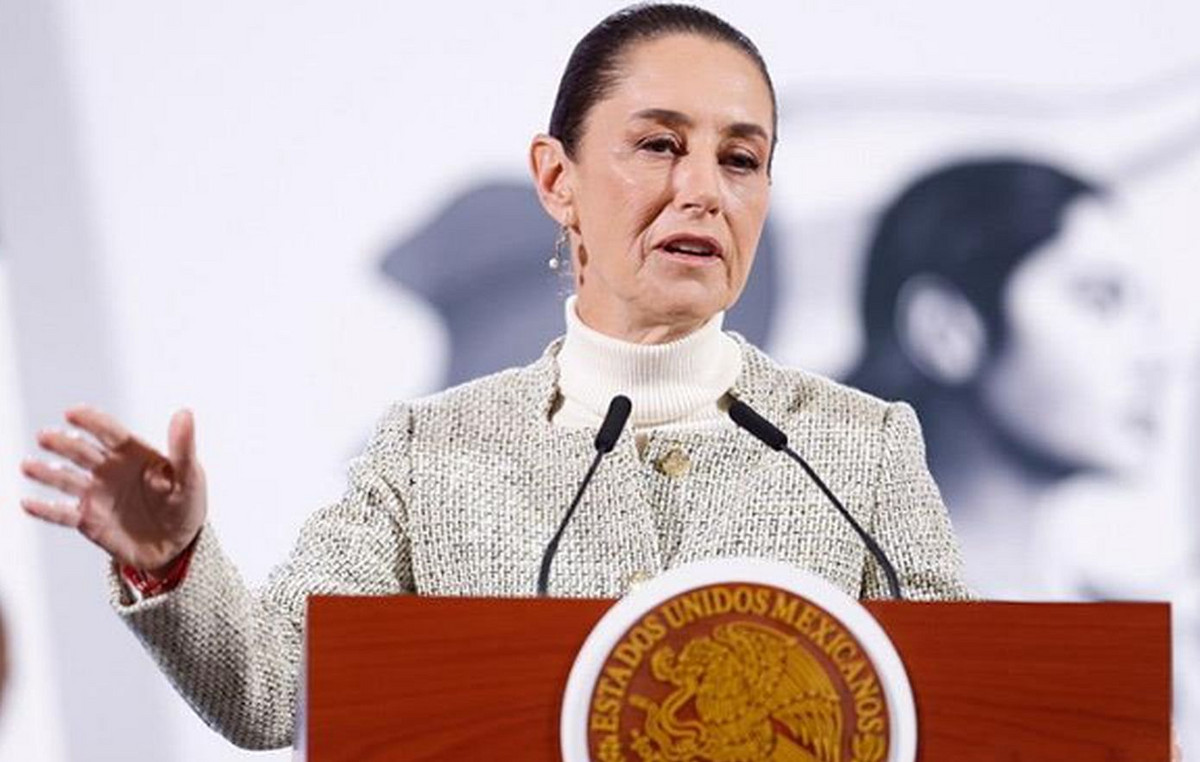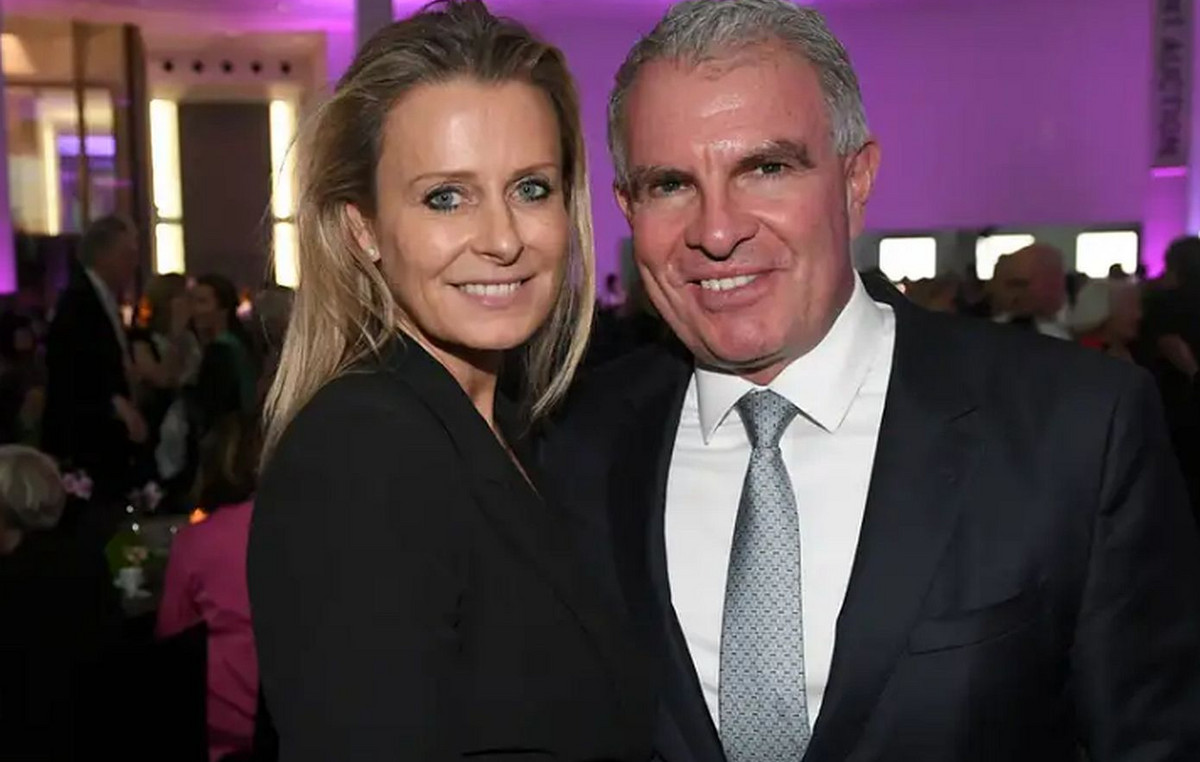The dollar lost 3.69% for the week, which was the worst weekly performance since the more than 5% drop seen in the week of March 25th. On the other hand, the Ibovespa closed the five days with a rise of 1.46%, the second consecutive weekly increase.
The US currency started the week with a 0.14% decline, last Monday (16), impacted by the speeches of the director of Monetary Policy of the Central Bank, Bruno Serra.
At the time, he did not rule out the possibility of further interest rate hikes after the June meeting, encouraging bets on a higher terminal Selic rate, which would attract investment to Brazil.
The Monetary Policy Committee (Copom) decided to raise the Selic rate for the 10th consecutive time, to 12.75%, at its last meeting, on May 4th.
Another aspect that impacted the currency on the day was an increase in pessimism among investors as weak data from China’s economy reinforced fears of a global economic recession.
The Asian nation’s retail and industrial activity fell sharply in April as Covid-19 lockdowns confined workers and consumers to their homes and severely affected supply chains, casting a shadow on the outlook for the world’s second-largest economy. world.
Retail sales plunged 11.1% in April from a year earlier, the biggest contraction since March 2020.
China was also the main responsible for the dollar’s fall of 2.14%, to R$4,942, on Tuesday (17) – the biggest daily percentage drop since July 24, 2021.
However, on Wednesday, the US currency fell by 0.45% to R$4.920 (the lowest intraday level since May 4), still in the first half hour of trading, but from then on it took a breather. In the afternoon, the rise accelerated to R$ 5.001, an appreciation of 1.18%.
The price reaction on the day was the classic safety-seeking reaction. Investors flocked to the dollar and US Treasuries, considered the safest asset in the world.
On Thursday (19), the dollar fell sharply against the real, following an international movement of cooling of the North American currency, although some market participants continued to warn about the environment, in general, less favorable to risky assets.
After losing 2.03% at the day’s low, at R$4.88, the spot US currency closed down 1.24%, at R$4.919, its lowest level for a close since the day 4 of this month (R$ 4.90).
And, this Friday, the dollar closed down 0.98%, quoted at R$ 4.871, after reflecting greater optimism on the part of investors after China announced a cut in the reference interest rate for mortgages greater than forecast, in an effort to stimulate the country’s economy
China has cut its mortgage benchmark rate by an unexpectedly wide margin. On a monthly basis, it cut the five-year lending primary rate (LPR) by 15 basis points to 4.45%, the biggest reduction since the country renewed its interest rate mechanism in 2019 and more than the five or 10 points scored by the majority in a Reuters poll.
One-year LPR was unchanged at 3.70%.
Ibovespa
The main B3 index, on the other hand, closed the first day of the week up 1.22%, at 108,232.74 points, following the actions linked to commodities, especially Vale and other companies in the steel sector after iron ore closes higher in China.
The most-traded iron ore contract in September on China’s Dalian Commodities Exchange ended day trading up 3.9% at 834.50 yuan ($122.80) a tonne. On the Singapore exchange, the most active contract for June rose 1.3% to $128.60 a tonne.
The Ibovespa also ended Tuesday up 0.51%, at 108,789.33 points, after reflecting the reduction in investor risk aversion. This was the fifth consecutive rise in the Brazilian stock market.
On Wednesday (18), investors reflected on the position of Federal Reserve Chairman Jerome Powell the day before. He stated that the autarchy will raise interest rates in the United States as much as necessary to fight inflation, but without signaling increases above the 0.5 percentage point already suggested.
As a result, the index closed down by 2.34%, at 106,247.15 points.
Two other factors driving the decline were high inflation in the UK and the eurozone, fueling fears of a global recession.
British inflation soared 9% last month to its highest annual rate since 1982, pushing finance minister Rishi Sunak to step up aid to families facing an increasingly severe cost-of-living crisis.
Eurozone inflation hit a record 7.4% in April, boosted by rising fuel and food costs, the EU statistics agency said on Wednesday, lowering its preliminary estimate of 7.5%. %.
Test your knowledge about the Ibovespa
Let’s start with an easy one: what is the Ibovespa?
Who is responsible for calculating the Ibovespa?
What types of assets are eligible to be listed on the Ibovespa?
Which of these is NOT a criterion for a stock to enter the Ibovespa
How many shares are currently in the Ibovespa theoretical portfolio?
How often is the Ibovespa theoretical portfolio reviewed?
What is the most important stock on the Ibovespa?
What is the smallest share on the Ibovespa?
Each Ibovespa point is equivalent to 1 real. This statement is
What is the historical record for closing the Ibovespa?
Try again!
Tip: follow CNN Business to understand more about Ibovespa
Nice job!
You know a lot about the Ibovespa, but you could know a little more
Sensational!
Congratulations! Are you an Ibovespa expert?
On Thursday (19), B3’s main index was favored by the rise in mining-related shares and Eletrobras shares, whose capitalization process was approved by the Federal Audit Court (TCU) and should be completed by July. Thus, the Ibovespa closed with a rise of 0.71%, at 107,005.22 points.
And on Friday, the index rose 1.39% to 108,487.88 points, after stocks linked to commodities and banks advanced amid a reduction in risk aversion by investors after the Chinese decision.
The measure tends to benefit countries that export to China, in the case of Brazil, by generating an increase in demand for commodities and a rise in the price of products.
At the same time, the effort eases caution in markets by reducing fears of a possible recession or sharp slowdown in the world’s largest economies.
*With information from Reuters
Source: CNN Brasil
I am Sophia william, author of World Stock Market. I have a degree in journalism from the University of Missouri and I have worked as a reporter for several news websites. I have a passion for writing and informing people about the latest news and events happening in the world. I strive to be accurate and unbiased in my reporting, and I hope to provide readers with valuable information that they can use to make informed decisions.







